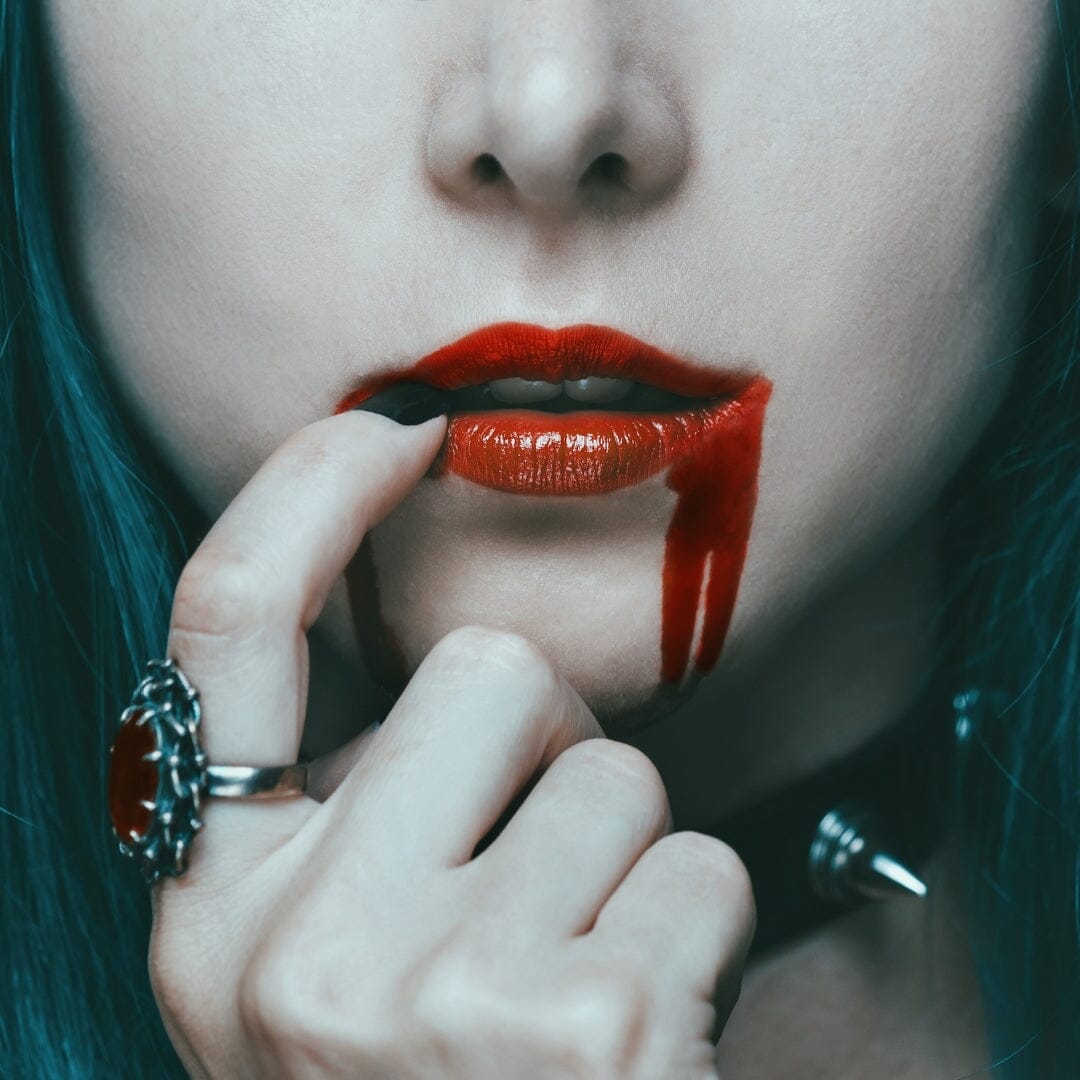FREE SHIPPING for all Literary Accessories!
FREE SHIPPING for all Literary Accessories!

When diving into the rich world of dark folktales and Gothic fiction, one of the most fascinating elements is the presence of compelling villains. These figures—whether they be brooding aristocrats, sinister supernatural beings, or monstrous humans—add a depth to the narrative that drives the tension and keeps readers enthralled. But what makes a great Gothic villain? And how can aspiring writers harness this to create their own?
In this post, we’ll explore not just how to write Gothic fiction, but also key aspects that distinguish it from other genres like horror, and how even kids’ literature can incorporate elements of Gothic fiction for kids. We’ll also look at examples of notable villains, tips on developing them, and answer burning questions such as: What books are Gothic fiction? and Gothic fiction vs. horror.
The best villains in Gothic fiction aren’t just mindless creatures of evil; they are tragic, often misunderstood figures. Whether rooted in dark folklore or born from human fears and desires, these characters often straddle the line between victim and villain. A classic example of this is Heathcliff in Wuthering Heights by Emily Brontë, who exemplifies Gothic fiction’s love of morally ambiguous characters. Heathcliff’s tortured soul, driven by love and vengeance, captivates readers while also repelling them. He’s not a villain in the traditional sense but a deeply flawed human who becomes monstrous.
A similar type of villain can be found in dark folktales. Consider the Caipora, a mythological creature from Brazilian folklore who protects the forests but can turn malevolent if disrespected. The dual nature of such a figure provides endless opportunities for writers to explore the tension between good and evil.
Build Tragic Backstories
One of the defining features of Gothic villains is their complex histories. They often have experienced great loss, betrayal, or have committed a grave sin that has set them on a dark path. For instance, the vampire Count Dracula, from Bram Stoker’s novel, is a tragic figure who was once a great warrior but has become cursed and monstrous over centuries. The tragedy of their existence often makes them more relatable and terrifying.
Incorporate the Supernatural
Many Gothic villains have a supernatural element, a nod to the genre’s deep connection to dark folklore. Whether they are vampires, ghosts, or spirits, these figures symbolize something beyond human comprehension. This aspect enhances the eerie atmosphere typical of Gothic fiction. Think about characters like the Headless Horseman in The Legend of Sleepy Hollow, rooted in American folktales, who embodies both a natural and supernatural terror.
Focus on Moral Ambiguity
Gothic fiction thrives on moral ambiguity. Villains in these stories are often not wholly evil but rather a blend of dark desires and tragic motivations. Characters like Victor Frankenstein in Mary Shelley’s Frankenstein provide a perfect example. He begins with noble intentions but gradually descends into unethical actions, creating horror not through a desire for evil but through unchecked ambition.
Use the Gothic Setting to Enhance the Villain’s Presence
The atmosphere in Gothic fiction is almost a character in itself. Dark, gloomy castles, fog-drenched moors, and decaying mansions set the tone for the story. This setting reflects the inner turmoil of the villain. The haunted house in Shirley Jackson’s The Haunting of Hill House mirrors the psychological descent of its characters, contributing to the Gothic feel.
Though Gothic fiction shares many elements with horror, there are distinct differences that set them apart. While horror often aims to terrify through shock or gore, Gothic fiction is more subtle, focusing on atmosphere, emotional tension, and psychological dread. A Gothic villain isn’t a mindless monster but a deeply flawed character whose actions are shaped by a combination of internal and external forces.
For example, in dark folklore, a being like the Baba Yaga, an ambiguous witch from Slavic mythology, can be terrifying. However, unlike traditional horror monsters, she serves a dual role—both villainous and, at times, helpful. This blurring of lines between good and evil is quintessentially Gothic, adding complexity to characters that straight horror often does not.
For readers or writers looking for a deep dive into the genre, a few quintessential works of Gothic fiction include:
Gothic fiction isn't confined to adults either—there’s a growing interest in Gothic fiction for kids, where dark, eerie settings and morally complex characters offer younger readers thrilling yet age-appropriate stories. Books like Neil Gaiman's Coraline introduce young readers to Gothic elements while remaining digestible for a younger audience.
When crafting your Gothic narrative, think about what drives your villain. Do they have a tragic past? Are they connected to dark folklore? How does the environment around them reflect their inner turmoil? Make sure your villain is a key figure in creating the eerie, suspenseful atmosphere essential to Gothic fiction.
At the same time, it’s important to remember that Gothic fiction is not just about scaring the reader—it’s about building tension, creating mystery, and exploring the darker side of the human soul. The villain in Gothic fiction is a reflection of humanity’s fears, desires, and most primal instincts.
Gothic fiction continues to captivate readers because it offers more than simple scares. Its villains are tragic, often victims of their own desires or circumstances, which makes them unforgettable. Whether you’re looking to write your own Gothic story or simply appreciate the genre’s unique approach to villains, understanding the depth and complexity behind these characters is key to unlocking the full potential of the Gothic fiction tradition.
So, next time you think about how to write Gothic fiction, remember the villain is often at the heart of the story, not just a figure to fear but one to understand.